Biology Big Set
2.0(1)
2.0(1)
Card Sorting
1/400
Study Analytics
Name | Mastery | Learn | Test | Matching | Spaced | Call with Kai |
|---|
No study sessions yet.
401 Terms
1
New cards
Body Systems
Sets of organs in our bodies that do the work to keep us healthy and alive.
2
New cards
Atom
Tiniest part of all living and non-living things
3
New cards
cells
Small part of all living things.
4
New cards
Molecules
Many cells working together.
5
New cards
Organs
Made of thousands of cells, connected by several body systems to do work to keep our bodies healthy & alive.
6
New cards
Classifications of Living things.
Kingdoms
7
New cards
Mammals
Living things with vertebra, hair or fur, gives birth to babies, feed the babies milk form their bodies & warm blooded.
8
New cards
Birds
May or may not fly, with vertebra, lay eggs, have feathers
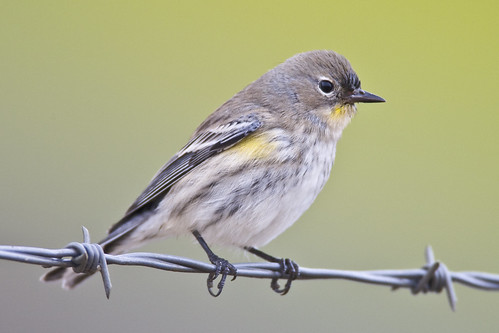
9
New cards
Reptiles
Land & water animals, no vertebra, most lay eggs some have babies, smooth or rough scaly skin, no legs or arms.
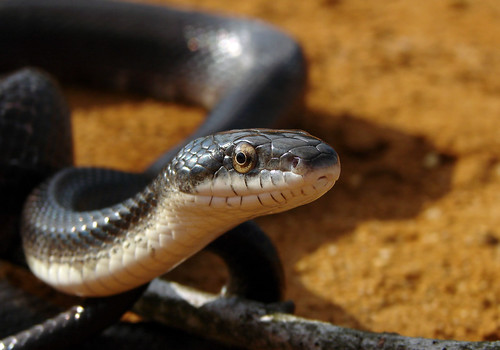
10
New cards
Amphibians
Mostly water animals but can live on land, smooth or rough scaly skin, lay eggs & may have lungs.
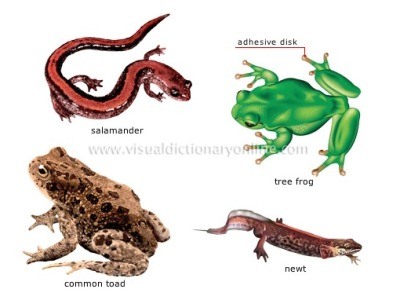
11
New cards
Mollusks
Slimy animals, no skin or vertebra & no shells.
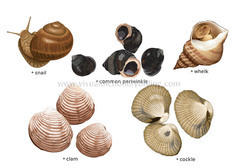
12
New cards
Arthropods
Hard body sections & no vertebra.
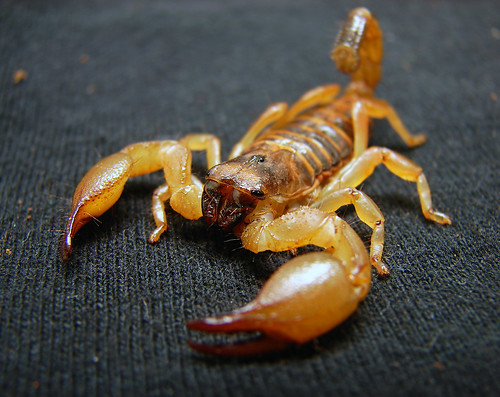
13
New cards
Worms
No vertebra, ears or eyes live underground & slimy.
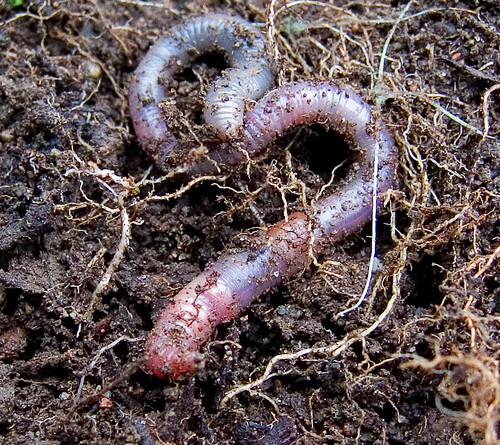
14
New cards
Jellies
Have long electric tentacles, soft bodies & no vertebra.
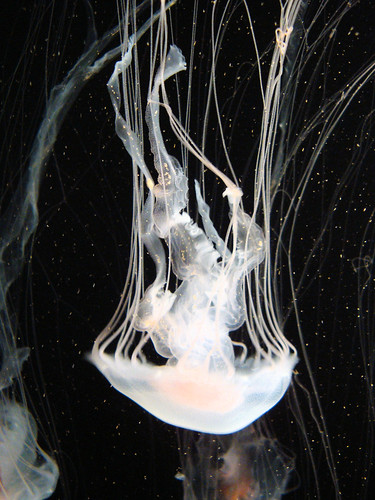
15
New cards
Crustaceans
Shells soft bodies, no vertebra &Hard shells.

16
New cards
Fish
Gills & fins, cold blooded.
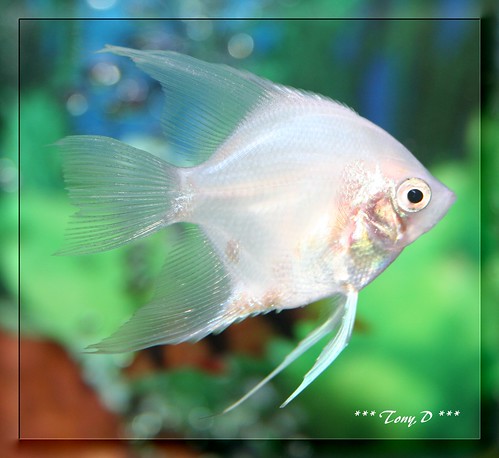
17
New cards
Insects
2 - 6 Legs, no vertebra, lay eggs, many eyes.
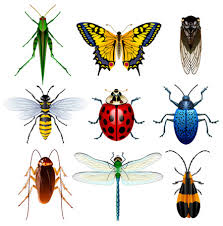
18
New cards
Archnids
8 Legs, no vertebra, may have wings, lay eggs.
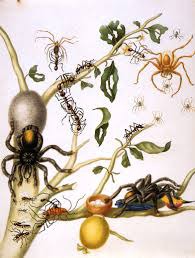
19
New cards
Marsupials
Mammals but with baby pouch on outside of bodies.
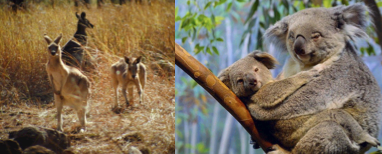
20
New cards
Plants
What do you think a plant is? huh?
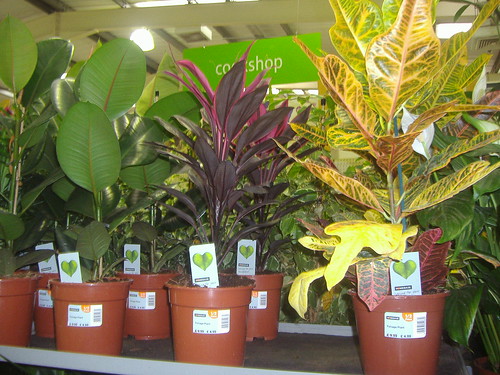
21
New cards
photosynthesis
Conversion of light energy from the sun into chemical energy.
products of photosynthesis are glucose and oxygen
products of photosynthesis are glucose and oxygen
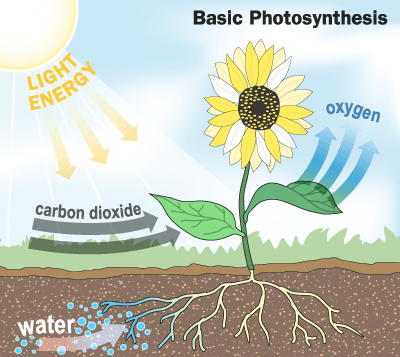
22
New cards
photosynthesis equation(very important)
6CO2 + 6H2O --> light energy --> C6H12O6 + 6O2

23
New cards
chloroplasts
A structure in the cells of plants and some other organisms that captures energy from sunlight and uses it to produce food.
main function of chloroplasts is to produce food (glucose)
Chloroplasts contain the pigment, chlorophyll. Chlorophyll absorbs most of the colors in the color spectrum, and reflects only green and yellow wavelengths of light. This is why we see leaves as green or yellow - because these colors are reflected into our eyes.
main function of chloroplasts is to produce food (glucose)
Chloroplasts contain the pigment, chlorophyll. Chlorophyll absorbs most of the colors in the color spectrum, and reflects only green and yellow wavelengths of light. This is why we see leaves as green or yellow - because these colors are reflected into our eyes.
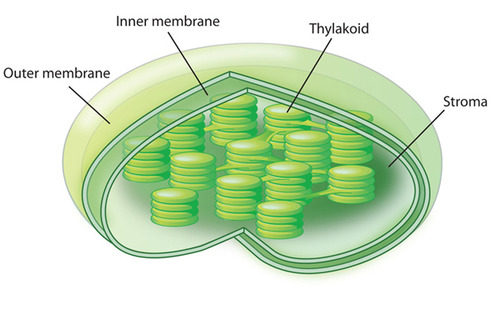
24
New cards
glucose
another name for sugar C6H12O6
three things used for making glucose are sunlight water and carbon dioxide
used for energy and growth
three things used for making glucose are sunlight water and carbon dioxide
used for energy and growth
25
New cards
sunlight
main source of energy
26
New cards
cellular respiration
C6H1206->CO2 + H20+ ENERGY (released)
goal is to create ATP
occurs in all living things
goal is to create ATP
occurs in all living things
27
New cards
cell
Small part of all living things.
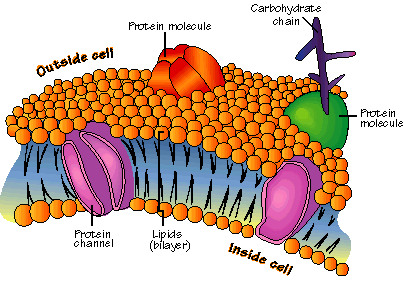
28
New cards
mitochondria
An organelle found in large numbers in most cells, in which the biochemical processes of respiration and energy production occur.
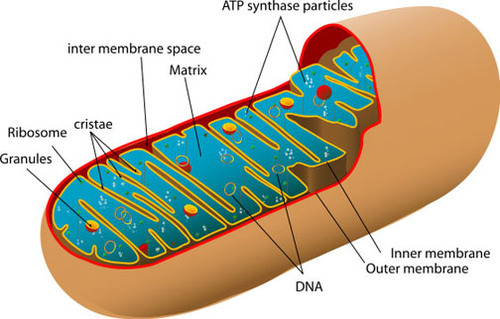
29
New cards
ATP
(adenosine triphosphate) main energy source that cells use for most of their work
the energy is stored in ATP until it is released by the reactions remove a phosphate from ATP
a simple way of remembering it is just that it's just energy
the energy is stored in ATP until it is released by the reactions remove a phosphate from ATP
a simple way of remembering it is just that it's just energy
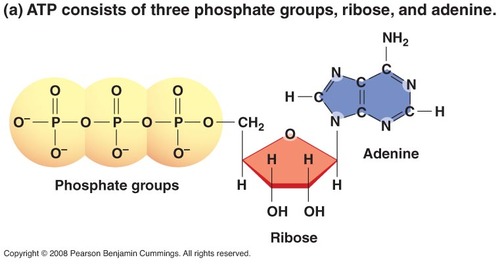
30
New cards
Metabolism
The sum total of all processes in an organism which convert energy and matter from outside sources and use that energy and matter to sustain the organism's life functions.
31
New cards
Anabolism
The sum total of all processes in an organism which use energy and simple chemical building blocks to produce large chemicals and structures necessary for life.
32
New cards
Catabolism
The sum total of all processes in an organism which break down chemicals to produce energy and simple chemical building blocks.
33
New cards
Photosynthesis
The process by which green plants and some other organisms use the energy of sunlight and simple chemicals to produce their own food.
34
New cards
Herbivores
Organisms that eat only plants.
35
New cards
Carnivores
Organisms that eat only organisms other than plants.
36
New cards
Omnivores
Organisms that eat both plants and other organisms.
37
New cards
Producers
Organisms that produce their own food.
38
New cards
Consumers
Organisms that eat living producers and/or other consumers for food.
39
New cards
Decomposers
Organisms that break down the dead remains of other organisms.
40
New cards
Autotrophs
Organisms that are able to make their own food.
41
New cards
Heterotrophs
Organisms that depend on other organisms for their food.
42
New cards
Receptors
Special structures that allow living organisms to sense the conditions of their internal or external environment.
yakuza is cool without a name
yakuza is cool without a name
43
New cards
Asexual reproduction
Reproduction accomplished by a single organism.
44
New cards
Sexual reproduction
Reproduction that requires two organisms
45
New cards
Inheritance
The process by which physical and biological characteristics are transmitted from the parent (or parents) to the offspring.
46
New cards
Mutation
An abrupt and marked change in the DNA of an organism compared to that of its parents
47
New cards
Hypothesis
An educated guess that attempts to explain an observation or answer a question.
48
New cards
Theory
A hypothesis that has been tested with a significant amount of data.
49
New cards
Scientific law
A theory that has been tested by and is consistent with generations of data.
50
New cards
Microorganisms
Living creatures that are too small to see with the naked eye.
51
New cards
Abiogenesis
The idea that long ago, very simple life forms spontaneously appeared through chemical reactions.
52
New cards
Prokaryotic cell
A cell that has no distinct, membrane-bounded organelles.
53
New cards
Eukaryotic cell
A cell with distinct, membrane-bounded organelles.
54
New cards
Species
A unit of one or more populations of individuals that can reproduce under normal conditions, produce fertile offspring, and are reproductively isolated from other such units.
55
New cards
Taxonomy
The science of classifying organisms.
56
New cards
Binomial nomenclature
Naming an organism with its genus and species name.
57
New cards
Pathogen
An organism that causes disease.
58
New cards
Saprophyte
An organism that feeds of dead matter.
59
New cards
Parasite
An organism that feeds on a living host.
60
New cards
Aerobic organism
An organism that requires oxygen.
61
New cards
Anaerobic organism
An organism that does not require oxygen.
62
New cards
Steady state
A state in which members of a population die as quickly as new members are born.
63
New cards
Exponential growth
Population growth that is unhindered because of the abundance of resources for an ever-increasing population.
64
New cards
Logistic growth
Population growth that is controlled by limited resources.
65
New cards
Conjugation
A temporary union of two organisms for the purpose of DNA transfer.
66
New cards
Plasmid
A small, circular section of extra DNA that confers one or more traits to a bacterium and can be reproduced separately from the main bacterial genetic code.
67
New cards
Transformation
The transfer of a DNA segment from a nonfunctional donor cell to that of a functional recipient cell.
68
New cards
Transduction
The process in which infection by a virus results in DNA being transferred from one bacterium to another.
69
New cards
Endospore
The DNA and other essential parts of a bacterium coated with several hard layers.
70
New cards
Strains
Organisms from the same species that have markedly different traits.
71
New cards
Pseudopod
A temporary, foot-like extension of a cell, used for locomotion or engulfing food.
72
New cards
Nucleus
The region of a eukaryotic cell that contains the cell's main DNA.
73
New cards
Vacuole
A membrane-bounded "sac" within a cell.
74
New cards
Ectoplasm
The thin, watery cytoplasm near the plasma membrane of some cells.
75
New cards
Endoplasm
The dense cytoplasm found in the interior of many cells.
76
New cards
Flagellate
A protozoan that propels itself with a flagellum.
77
New cards
Pellicle
A firm, flexible coating outside the plasma membrane.
78
New cards
Chloroplast
An organelle containing chlorophyll for photosynthesis.
79
New cards
Chlorophyll
A pigment necessary for photosynthesis.
80
New cards
Eyespot
A light-sensitive region in certain protozoa
81
New cards
Symbiosis
A close relationship between two or more species where at least one benefits.
82
New cards
Mutualism
A relationship between two or more organisms of different species where all benefit from the association.
83
New cards
Commonesalism
A relationship between two organisms of different species where one benefits and the other is neither harmed nor benefited.
84
New cards
Parasitism
A relationship between two organisms of different species where one benefits and the other is harmed.
85
New cards
Cilia
Hairlike projections that extend from the plasma membrane and are used for locomotion.
86
New cards
Spore
A reproductive cell with a hard, protective coating.
87
New cards
Plankton
Tiny organisms that float in the water.
88
New cards
Zooplankton
Tiny floating organisms that are either small animals or protozoa.
89
New cards
Phytoplankton
Tiny floating photosynthetic organisms, primarily algae.
90
New cards
Thallus
The body of a plant-like organism that is not divided into leaves, roots, or stems.
91
New cards
Cellulose
A substance (made of sugars) that is common in the cell walls of many organisms.
92
New cards
Holdfast
A special structure used by an organism to anchor itself.
93
New cards
Sessile colony
A colony that uses holdfasts to anchor itself to an object.
94
New cards
Extracellular digestion
Digestion that takes place outside of the cell.
95
New cards
Mycelium
The part of the fungus responsible for extracellular digestion and absorption of the digested food.
96
New cards
Hypha
A filament of fungal cells.
97
New cards
Rhizoid hypha
A hypha that is imbedded in the material on which the fungus grows.
98
New cards
Aerial hypha
A hypha that is not imbedded in the material upon which the fungus grows.
99
New cards
Sporophore
Specialized aerial hypha that produces spores.
100
New cards
Stolon
An aerial hypha that asexually reproduces to make more filaments.